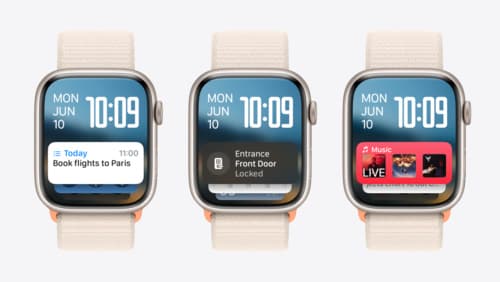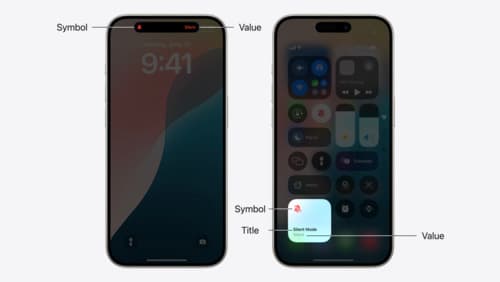WidgetKit
Asked on 2024-07-30
1 search
WidgetKit at WWDC 2024
Sessions Mentioned:
- Platforms State of the Union
- What’s new in watchOS 11
- Extend your app’s controls across the system
- Bring your app’s core features to users with App Intents
- Catch up on accessibility in SwiftUI
Key Points:
-
WidgetKit Enhancements in iOS 18:
- Controls: A new type of widget that extends app functionality into system spaces like Control Center, the lock screen, and the action button. Controls are created using WidgetKit and focus on actions and succinct information (Extend your app’s controls across the system).
- Interactive Widgets: Widgets can now have multiple tap targets and execute actions without launching the app. This includes the ability to deep link to different parts of your app (What’s new in watchOS 11).
- Accessory Widget Group: A new view template API for creating views in an accessory rectangular widget with up to three different pieces of content, enhancing glanceability (What’s new in watchOS 11).
-
Widget Configuration:
- Widgets can be made configurable to display different content based on user preferences. This is useful for scenarios where the displayed information can change, such as weather conditions or favorite trails (Bring your app’s core features to users with App Intents).
-
Accessibility in Widgets:
- Widgets can include interactive views like buttons and toggles, which can be enhanced with custom actions to improve the user experience, especially for accessibility technologies (Catch up on accessibility in SwiftUI).
-
Styling and Customization:
- Widgets can be customized in terms of colors and shapes using various view modifiers. For example, the background can be tinted using the
containerBackgroundview modifier, and labels can be tinted using theforegroundStyleview modifier (What’s new in watchOS 11).
- Widgets can be customized in terms of colors and shapes using various view modifiers. For example, the background can be tinted using the
For more detailed information, you can refer to the specific sessions mentioned above.

Platforms State of the Union
Discover the newest advancements on Apple platforms.

What’s new in watchOS 11
Explore new opportunities on Apple Watch, including bringing Double Tap support to your watchOS app, making your Smart Stack widgets even more relevant and interactive, and displaying your iOS Live Activities in the Smart Stack.

Extend your app’s controls across the system
Bring your app’s controls to Control Center, the Lock Screen, and beyond. Learn how you can use WidgetKit to extend your app’s controls to the system experience. We’ll cover how you can to build a control, tailor its appearance, and make it configurable.
